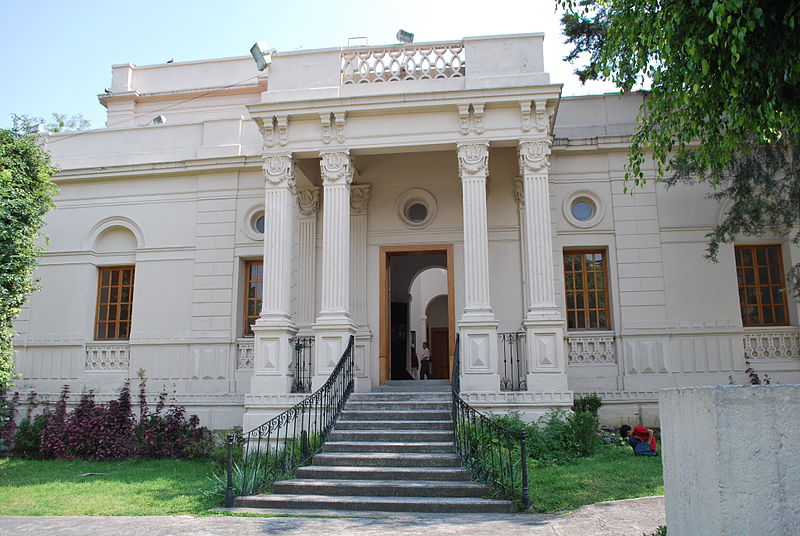
The Historic Center of Tlalpan has an unmistakable icon in the Casa Frissac. Today an outstanding cultural center and arts center for the community, it hosts ongoing workshops in printmaking and kids’ art and more.
The building itself was completed in 1900 for a rich banker and landowner, one Jesus Pliego Frissac. The Porfiriato’s obsession with all things French is clearly visible inside and out and as a Neoclassical hacienda buildings, it’s a marvelous combination of simplicity, some columns, and a dome in the center.
The problem was that Pliego had a granddaughter, one Matilde de Frissac. She also lived in the house, and took on a certain notoriety when she began a romantic affair with a criminal.
Now, urban legend has it that this must have been Jesús Arriaga, the famous “Chucho El Roto,” and many such legends even have Chucho living in the house. In fact, Chucho had died, imprisoned, some 15 years before the house was built. What is more certain is that Matilde had some kind of affair, as young people are wont to do, and her rich grandfather threw a fit.
Upon learning of the romance, of course, Pliego vowed to make life as difficult as possible for the young man, eventually having the youth thrown into prison. Matilde is said to have requested the body of her young lover, back from the prison. What she’s said to have received back was but a coffin full of stones.
In the plethora of stories related to Chucho el Roto, this one is very likely to have been lost to fierce winds of scandal and a growing popular press anxious to print anything. Similarly, the house is frequently cited as the setting for the 1950 Luis Buñuel film, Los Olvidados. As the film was famously shot almost entirely in the streets of Mexico City, its few characteristically dark interior shots aren’t readily identified as being the Casa Frissac. In fact, they were.
In the 1920s, the property was remade into a telephone installation. In the 1950s, one Adolfo López Mateos purchased the house and occupied it for some number of years. He later become president of Mexico (1958 to 1964). His family offered it for use by the Rector of UNAM, and then-Rector Javier Barros Sierra lived there from 1966 and 1970. This is most relevant in that the Cultural Center in the building still bears his name.
Barros Sierra famously resigned as rector of the National University in support of the university students. His resignation took effect just nine days prior to the Tlatelolco Massacre in October 1968.
Today the Javier Barros Sierra Institute offers workshops in engraving and print-making, dance, artisan workshops, and drawing in popular workshops that bring together students and attendees from all over the city.
Exhibitions are open to the public.
 55 5485 3266
55 5485 3266
 https://www.facebook.com/Casa-Frissac-Centro-Cultural-1762052240788290/
https://www.facebook.com/Casa-Frissac-Centro-Cultural-1762052240788290/
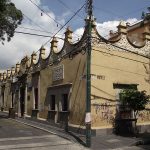
Nearest at 0.11 kms.
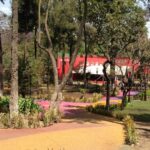
Nearest at 0.20 kms.
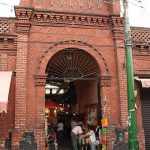
Nearest at 0.25 kms.
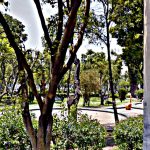
A charming neighborhood park in Tlalpan . . .
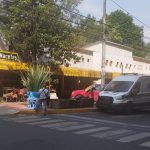
A 24-hour flower market in a busy corner of Tlalpan's hospital district . . .
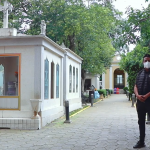
One of the most haunted places in the Center of Tlalpan . . .

One of Tlalpan's premier performing arts venues . . .
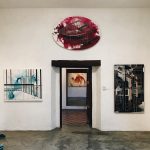
One of Mexico City's leading contemporary art communities . . .